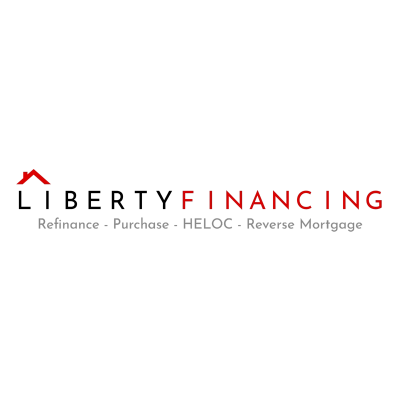Choosing the Right Amount of Homeowners Insurance to Satisfy Your Lender
Selecting the appropriate amount of homeowners insurance can be a complex decision that goes beyond simply meeting lender requirements. This article delves into the critical factors to consider when determining your coverage, drawing on insights from industry experts. Discover why focusing on your home's full replacement cost, rather than just your mortgage value, is crucial for ensuring comprehensive protection.
- Balance Lender Requirements with Personal Protection
- Consider Full Home Value Beyond Mortgage Amount
- Meet Lender Minimums While Protecting Yourself
- Focus on Replacement Cost, Not Mortgage Value
Balance Lender Requirements with Personal Protection
As both a homeowner and someone who works closely with borrowers every day at Ease Lending, I approached homeowners insurance from two perspectives: personal experience and industry expectation.
When I bought my first home, my mortgage lender made it clear that my coverage needed to at least match the loan amount. That's the baseline. However, the real question for me was: what happens if the worst-case scenario actually occurs? I didn't want to just cover the lender's risk; I wanted to protect the roof over my family's head.
So I took into account more than just what was "required." I looked at the replacement cost of the home, not just its market value. That means asking: how much would it actually take to rebuild this home, with current materials and labor costs, if it burned down tomorrow? A good insurance agent helped walk me through that calculation.
I also factored in liability coverage and personal property protection, because if someone slips on your front steps or your house is broken into, you need that buffer.
From the lender's perspective, what we look for at Ease Lending is simple: is the policy active, and does the coverage equal or exceed the loan amount? That's the line item on the underwriter's checklist. But as someone who's seen too many underinsured clients scramble after the fact, I always encourage going beyond that. Cover what it would really cost to replace your home. Don't just satisfy the bank--protect your future.

Consider Full Home Value Beyond Mortgage Amount
When choosing the right amount of homeowners insurance, I focused primarily on my mortgage lender's minimum requirements but also considered the full value of my home and possessions. The lender usually requires enough coverage to at least match the mortgage amount because their main concern is protecting their investment against major losses from disasters like fires or storms. However, this amount often doesn't cover everything, such as personal property or liability, and might not fully cover the house if the costs to rebuild are higher than the current mortgage.
I also took into account the local risks, such as floods or earthquakes, which aren't always covered under standard policies. For example, living near a river might necessitate additional flood insurance, which isn't typically included in standard policies. Then, I calculated the replacement costs of my belongings and added extra coverage to ensure everything would be replaced at current market values, not just depreciated ones. This thorough approach not only satisfied my lender's needs but also provided peace of mind knowing that I'm adequately protected.
Remembering your home is more than just a financial investment helps keep things in perspective when selecting sufficient insurance. It's also your personal and family safe haven, so keeping it well-protected maintains both financial stability and emotional peace.

Meet Lender Minimums While Protecting Yourself
When I was setting up homeowners insurance, the first thing I looked at was what the lender required, which was usually enough to cover the cost to rebuild the home, not necessarily the full market value. That helped narrow things down right away!
From there, I talked to the insurance agent about local construction costs, materials, and any special features in the house that might raise the rebuild estimate. I also made sure to include enough coverage for personal belongings and liability, just to be safe. The biggest factor was making sure I met the lender's minimums while also protecting myself from out-of-pocket surprises if something went wrong.

Focus on Replacement Cost, Not Mortgage Value
When determining homeowners insurance coverage to satisfy my mortgage lender's requirements, I learned an important industry standard: insurance companies will not write policies for amounts exceeding the replacement cost of a home. They specifically insure only the value of materials and labor needed to repair or replace a home damaged by a covered loss.
Insurance companies simply won't insure a mortgage value - they're concerned with what it would actually cost to rebuild, not what you owe the bank. This replacement cost focus makes sense from a risk management perspective and ensures you're paying for appropriate coverage.
My decision process involved:
1. Getting a detailed replacement cost estimate considering current building material prices and labor rates
2. Understanding my home's specific construction features (custom finishes, specialized systems)
3. Accounting for local building codes that might affect rebuilding costs
4. Ensuring the coverage met my lender's minimum requirements while remaining realistic
My mortgage lender accepted this approach since they understand the insurance industry standard of replacement cost coverage. They recognized that proper replacement cost coverage adequately protects their collateral interest in the property, even if that amount differs from my loan balance.
This alignment between insurance industry practices and mortgage requirements ultimately helped me secure appropriate coverage that satisfied all parties without paying for unnecessary excess coverage.


